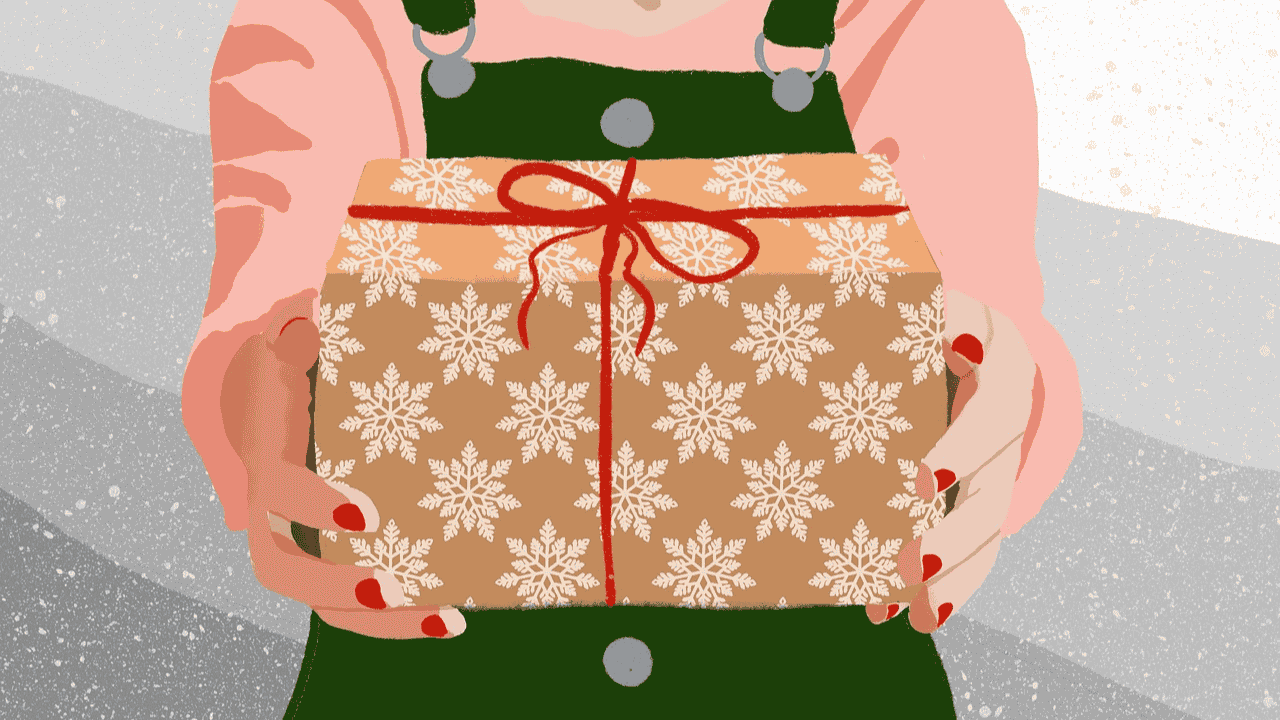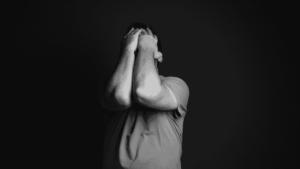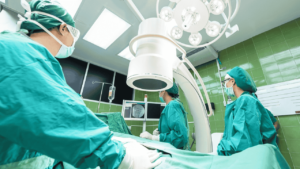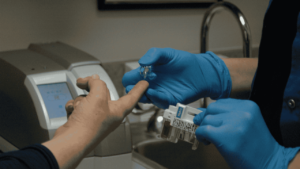Are your bones getting weak ? Never ignore these 5 signs of osteoporosis! Also know its myths.
osteoporosis is slow progress disease. Have you ever wondered how strong your bones are? Did you know that bones can weaken with age and increase their risk of breaking? This is a condition called osteoporosis. It is a disease that often develops silently, without any early symptoms, until a bone breaks. But the good news is that it is preventable and treatable.
What is Osteoporosis?
This is a condition in which bones become so fragile and weak that they can easily break even with a fall or mild stress. This is due to a decrease in bone density, causing bones to become porous. Normally, bones are constantly breaking and forming, but in osteoporosis the rate of breakdown of old bones exceeds the rate of formation of new bones.
Main Causes .
Age: Bone density naturally decreases with age.
Gender: Women, especially after menopause, are at a higher risk of osteoporosis due to a decrease in estrogen hormone levels.
Nutrient Deficiencies: Lack of calcium and vitamin D is harmful to bone health.
Lack of Physical Activity: Bones can become weak due to lack of activity.
Certain Medications: Certain medications, such as steroids, can affect bone density.
Family History: If someone in your family has had osteoporosis, you may also be at risk.
Lifestyle Factors: Smoking and excessive alcohol consumption can also weaken bones.
Main 5 Symptoms .
Back Pain: Especially due to spinal fractures.
Loss of Height: Due to compression fractures of the spine.
Stooped Posture: Also called ‘hunchback’.
Easy fractures: Even a mild fall or injury to the wrist, hip or spine can cause fractures.
Bone Aches and Pains: While osteoporosis itself is usually painless until a fracture, some individuals might experience persistent aches in bones and joints, especially in the hips, wrists, and spine, even without a clear injury.
Prevention and Treatment .
Adequate Calcium and Vitamin D Intake:
Sources of calcium: Milk, yogurt, cheese, green leafy vegetables, almonds, soybeans.
Sources of Vitamin D: Sunlight, fatty fish (salmon, mackerel), egg yolks, fortified milk.
Regular Exercise:
Weight-bearing exercises such as walking, jogging, climbing stairs.
Strength training such as weight lifting.
Healthy Lifestyle: Quit smoking. Limit alcohol consumption.
Eat a balanced diet.
Medications: In severe cases, doctors may prescribe medications to increase bone density and reduce the risk of fractures. This may include bisphosphonates, hormone therapy, and other medications.
Regular check-ups: Get regular bone density tests (DEXA scans), especially if you’re at risk for osteoporosis.
Myths and Facts about Osteoporosis.
Myth 1: this only affects older women.
Fact: It’s true that women are at a higher risk after menopause, but it can also affect men and younger people, especially if they have certain risk factors.
Myth 2: Calcium alone is enough for strong bones.
Fact: Calcium is important for bones, but without vitamin D the body cannot absorb it properly. Also, protein and other minerals are also important for bone health.
Myth 3: Symptoms of disease are always obvious.
Fact: Osteoporosis is often called the ‘silent killer’ because it has no obvious symptoms in the early stages. It is often detected only when a bone breaks.
Myth 4: If you have osteoporosis, there is nothing you can do.
Fact: This is false. With lifestyle changes, diet and the right medication, osteoporosis can be effectively managed and the risk of fractures can be reduced.
Myth 5: Milk is the only source of calcium.
Fact: Milk is an excellent source of calcium, but many other foods are also rich in calcium such as yogurt, cottage cheese, green leafy vegetables (spinach, kale), almonds and soy products.
Frequently Asked Questions .
Q1: How is osteoporosis diagnosed?
A1: Osteoporosis is primarily diagnosed with a bone density test (also called a DEXA scan or DXA scan). It measures bone density and assesses the risk of fractures.
Q2: Can osteoporosis be cured?
A2: There is no complete cure for osteoporosis, but it can be managed effectively. The goal of treatment is to slow bone loss, improve bone density, and reduce the risk of fractures.
Q3: Can I take too much calcium to strengthen my bones?
A3: Excessive intake of calcium can also be harmful, causing kidney stones or other health problems. The recommended daily dose of calcium for adults is usually 1000-1200 mg. It is always best to consult a doctor.
Q4: Why are men more prone to osteoporosis?
A4: Aging, hormonal imbalances (testosterone deficiency) in men, certain medications, smoking, excessive alcohol consumption, and certain medical conditions can cause osteoporosis.
Q5: When should I get a bone density test?
A5: It is usually recommended for women over the age of 65 and men over the age of 70. If you have risk factors for osteoporosis (such as a history of fractures, taking certain medications, or family history), your doctor may also recommend it at a younger age.













Post Comment